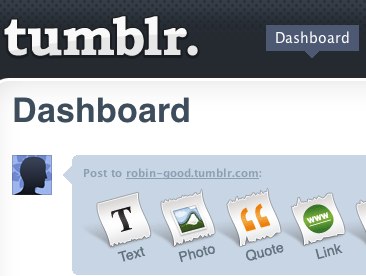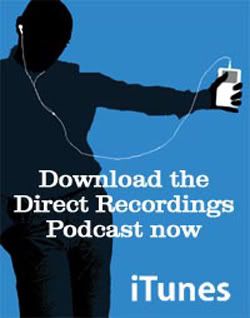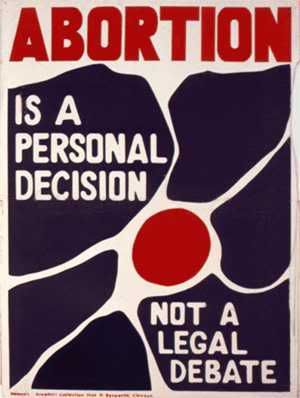Whether or not using new media has changed my writing style is difficult to determine. I have been on a computer, albeit an old Apple that used those huge floppy disks, since elementary school. I've never really given writing with a pen and paper a chance in the sense that I could develop my writing skills without the influence of computers and new media. There was no way I could ever compare the two since new media has always been a huge factor in my literary maturity. I suppose if I had to make a guess, considering I have physically written a few papers, using computers and new media has provided me with unnatural editing powers with copy and paste features and instant results for information inquiries using search engines. If I needed an article to backup my claims or a book to quote I wouldn't immediately think to go to my local library, but instead go online. The speed and availability of the internet has probably quickened the development of my writing style as I was hardly ever discouraged or prevented from accessing any information which would have slowed me down. Perhaps without computers, the delay in finding research material would have given me time to think more critically and analytically about the topic of my paper, but, as I said before, there's no way of knowing now because I've become reliant, if not addicted, to the immediate gratification of searching new media sources.
In the days before the internet when the personal computer was an emerging idea, newspapers, radio, and television were all very flat in how they relayed information. If a TV show referenced a news article then the viewer would have to go find it outside of watching TV. If radio referenced a book the viewer would have to visit a library or a bookstore to check it out. If a newspaper reported on a movie one would have to go see it. There was no direct connection if the audience wanted more information. As technology advanced and the internet was a growing media vehicle, everything one would do physically could be done much quicker virtually. All it takes is a link to an online book store, a clip from a movie or TV program, or a news article. Instead of everything being so isolated in the real world, the internet was a web of information that helped shape and define new media. Suddenly, TV, news, radio, and so much more was all on the internet but they weren't separate like in their old media forms, they were combined so that a news article had a complementing set of photos, an audio interview, and a video version of the story. Everything was converged into one effectively blurring the line between text and image. On the other hand, maybe this was destined to be the progression of media where it all comes together as one. It could be that this
ambiguity between media is the best way to be informed where everything is packaged in one place for convenience in a world as complex and busy as today.
The future of new media as the Museum of Media History displayed in "Epic" is beyond ridiculous. Google will not take over the world. There will always be competition on the internet since it's so easy to create a functioning website, as opposed to forming a physical business outside of the online world, and internet user interest is always shifting. During the long period of Yahoo! search domination, no one ever expected that the same Yahoo! today would be looking for someone to buy their company. When MySpace was the top social network, no one could have predicted Facebook usurping it. Even now, Facebook is struggling to hang on to disgruntled users with the rise of Twitter. Google too may see a day when they simply cannot survive on the internet. Although, Google is one of the only online companies to stay fresh and popular with constant expansion, experimentation, and updating. There really is no way to know what the next big thing will be on the internet.
Over the past semester, I wouldn't say I've encountered an eye-opening experience concerning my understanding or use of new media, but I have grown. All of this new media has exposed me to a wide assortment of ideals that has helped further form my individual writing style. I've learned a few tricks and tips along the way, which, although only small tweaks, they have a significant impact on the audience. I had more fun teaching others then anything else.










































